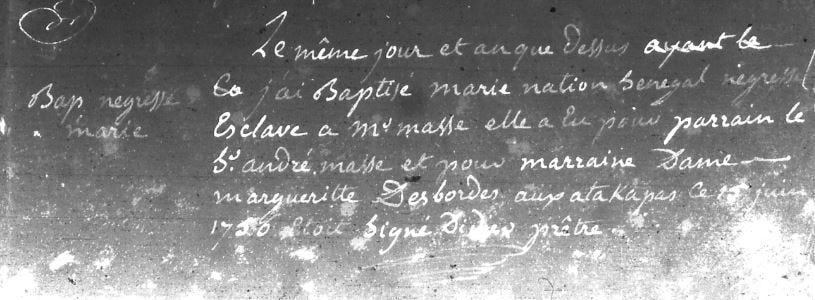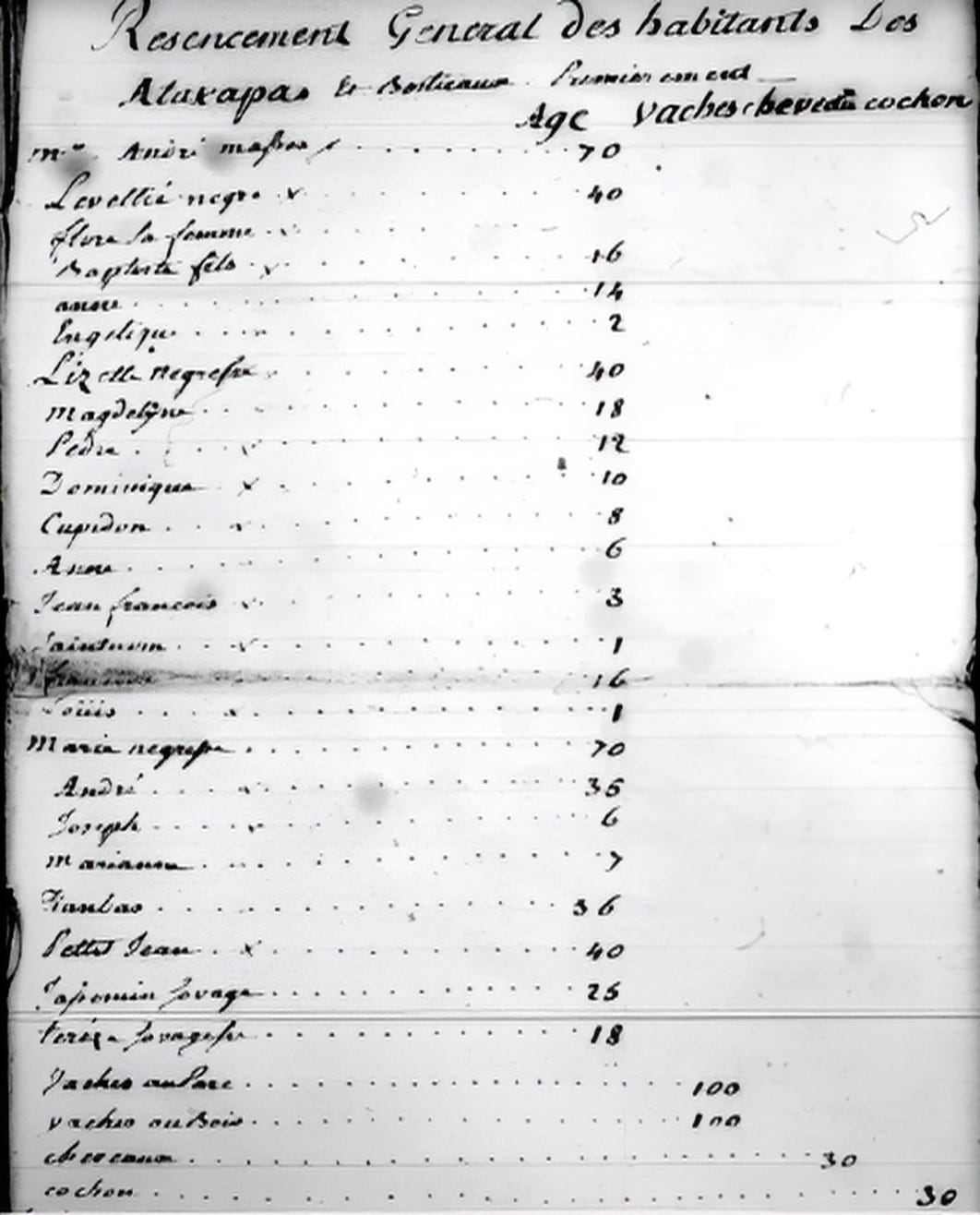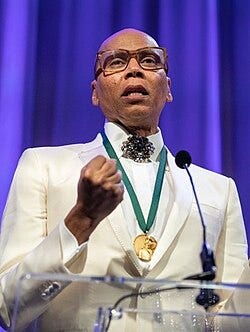
On June 5, 1756, an itinerant French priest named Pierre Didier travelled from Pointe Coupee to the cattle ranch of Andre Masse and baptized seven of his slaves.
The precise location of his ranch is unknown. Historical records suggest it was situated on the banks of the Bayou Teche-a 125 mile waterway that flows through the present-day parishes of St. Landry, Iberia, Vermillion, St. Martin and St. Mary. In Masse’s time, the “Teche” was part of a vast region called “The Atakapa District” by the French. It was named for the Atakapa- a semi-nomadic Native American group that once inhabited a geographical region that stretched from Southeast Texas to Southwest Louisiana. The region was unpopulated by European settlers due to rumors of the Atakapa nation being cannibals. It wasn’t until the 1730s Frenchmen, attracted by the lucrative fur trade, journeyed through the vast region to trade fur and horses with indigenous groups like the Atakapa. Andre Masse was the first European to settle in Southwest Louisiana. He was joined by his enslaved workforce of Africans, Native Americans and Creoles1 who helped him manage his large cattle herds along the bayous and open prairies. They were essentially cowboys and ranchers who likely utilized herding skills rooted in African cultural traditions adapted to Louisiana.

The slaves of Andre Masse consisted of two matrilineal clans headed by:
Marie, age 70(She is the Marie of Senegal baptized in 1756):
1. Andre(her son)
2. Marianne and Joseph(grandchildren of her deceased daughter)
Lisette, age 40, and her children:
Magdelaine, Pedre, Dominique, Cupidon, Anne, Jean François, Saintnom
Lisette’s 16 year old daughter, Françoise was the mother of the 1 year old Louis.
The unnamed spouse of Leveille was known in earlier baptismal records as “Marie-Flore”. She was Marie’s oldest daughter and was free like her husband Léveillé.
The last two Masse slaves, Therese and Jasemin, were Native Americans of unknown ethnic origins that may have been members of the Chitimacha nation.
Masse emancipated the families of Lisette and Marie in 1770. They acquired land and cattle from his estate and formed the nucleus of the earliest free person of color and Creole community in Southwest Louisiana on the southern part of the Bayou Teche-roughly the area between the towns of Baldwin and Franklin, Louisiana in St. Mary Parish.
The French travel writer C.C. Robin briefly mentioned the Masses in his book, “Voyage to Louisiana” which documented Robin’s journey to the newly acquired American province of Louisiana in 1803:
“ However, the Atakapas Indians gradually became accustomed to going to New Orleans to exchange their furs, and traders there, conversely, began to go among them, and these reciprocal relations softened the customs of the Atakapas. Some of the colonists finally dared to go and settle on these spacious prairies. One of the first who went there about fifty years ago was named Masse, a scion of a rich family of Grenoble. This individual brought with him twenty negroes, and it might be said he was rather the father than the master of them. He hardly gleaned enough from their labors to live on. His dwelling was a simple cabin, open to the air. He slept on a buckskin. His only eating utensils were a knife and a horn spoon hung at his belt. He lived thus for twenty years in the wilderness, offering hospitality to all who asked for it for as long as they wished. However, the number of parasites living on him was never large; his austerities drove them away. His Negroes, whom he made content, and who had gotten out of the habit of work; were freed on his death, and they form today, at the lower end of the Teche, a little community, as indolent as in the time of their master.”
The descendants of the Masse clans are numerous and come from all walks of life and include people who ethnically identify as African American, Louisiana Creole, White and Chitimacha today.
I am also one of the many descendants of Marie of Senegal. My roots go back to the early free couple, Andre Leveille and Marie-Flore(daughter of Marie of the Senegal nation).


The legacy of Andre Masse and the men and woman he held in servitude and later freed lives on in all of us today. They should be remembered as pioneers, trailblazers and cultural contributors to the formation of Creole heritage and culture in Rural southwest Louisiana. I honor them by recovering their forgotten story from the pages of history.
Stay tuned for Part 3 as we see the next generation of Masses emerge and become part of the larger Creole community and show how complex and nuanced Louisiana Creole history is.
“Creoles” is used in it’s original historical context in Louisiana. The term described anyone “who was born in the colony or native to Louisiana”. Several of Masse’s slaves were 1st generation Louisiana-born children of some of the earliest Africans to arrive in the French colonial period due to the French slave trade.



